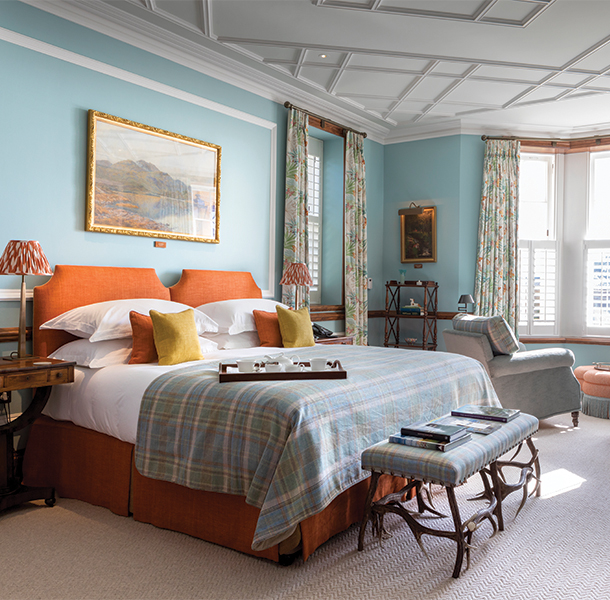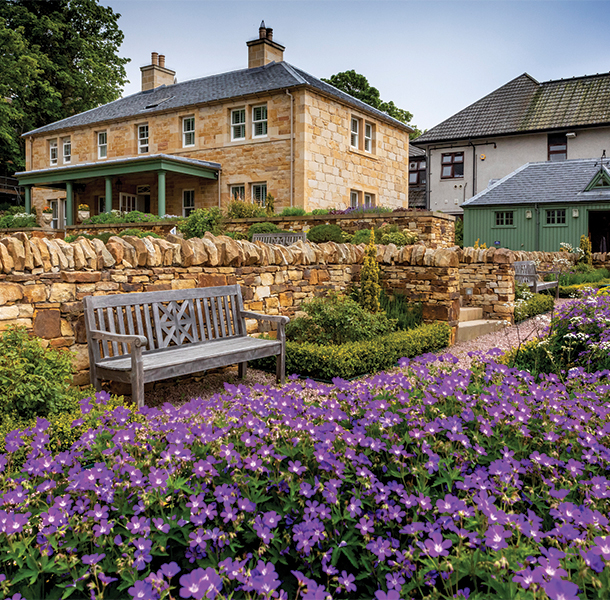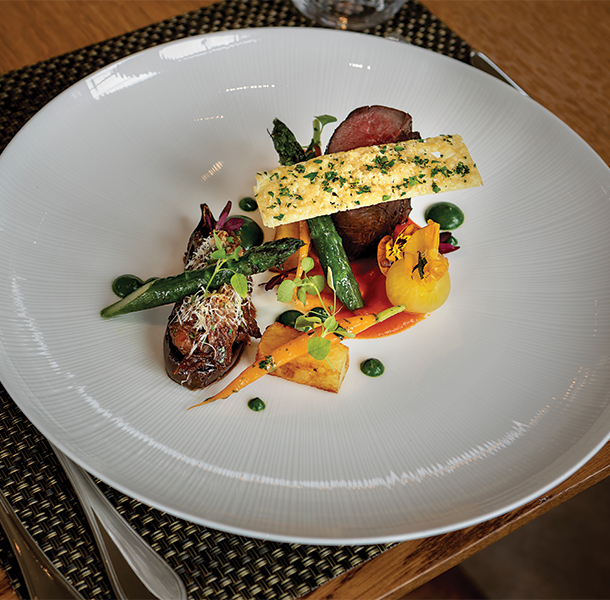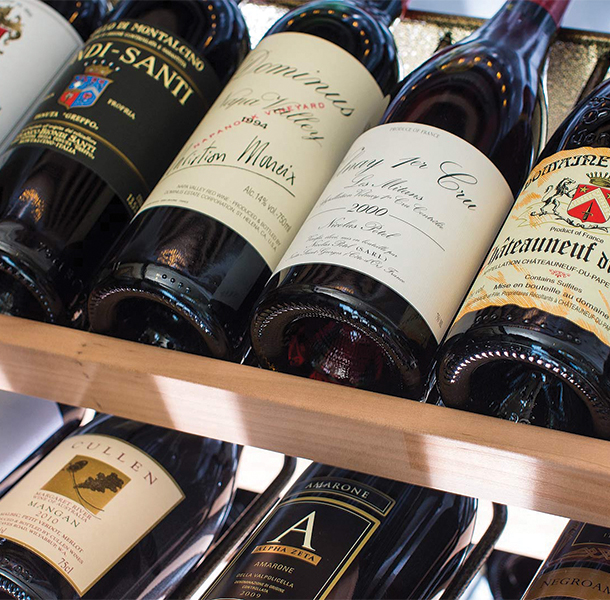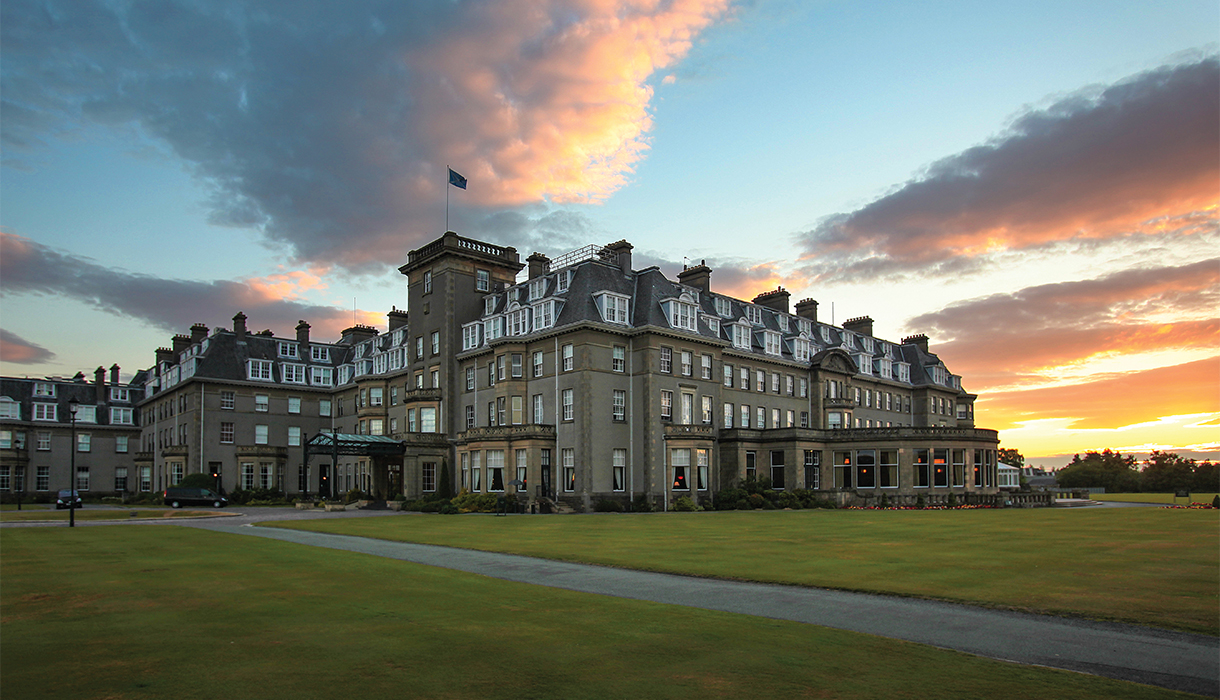
For nearly a century, the quintessentially Scottish Gleneagles resort has been a golfer’s mecca. Courtesy Gleneagles
Great Scots
A whole new level of luxury awaits golfers who make the trek to the birthplace of the game.

Although golfers have been playing its King’s Course since 1919, the Gleneagles Hotel, which delivers a quintessential Scottish countryside experience, didn’t open until 1924. Built by the Caledonian Railway Company, the resort initially catered to affluent British travelers, and during later decades of the 20th century, it evolved into an all-season resort that today offers sporting clays, tennis, archery, off-road driving, and falconry. In 2015, the London-based investment firm and developer Ennismore acquired the 850-acre resort and immediately initiated a multiyear, multimillion-pound design transformation. Improvements were made to each of the three golf courses; most notably landscaping and groundskeeping practices returned the King’s Course to its original configuration.
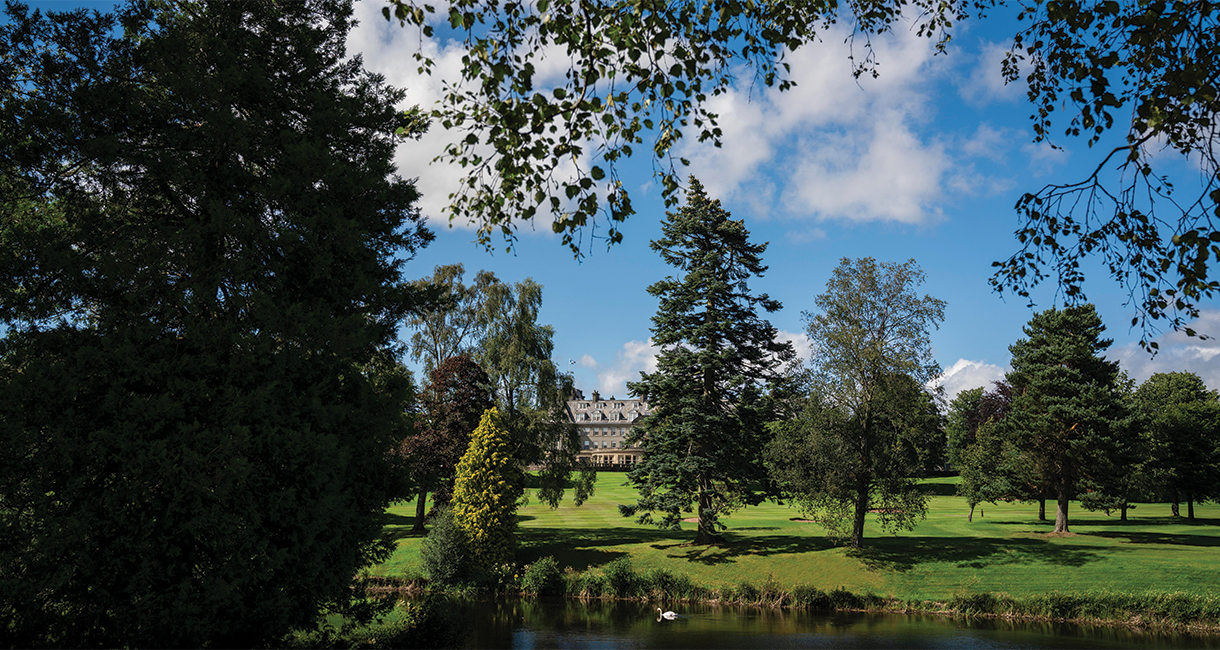
Gleneagles sits on 850 landscaped acres. Courtesy Gleneagles

The bedroom of the stately Royal Lochnagar Suite. Courtesy Gleneagles

Off-road driving. Courtesy Gleneagles
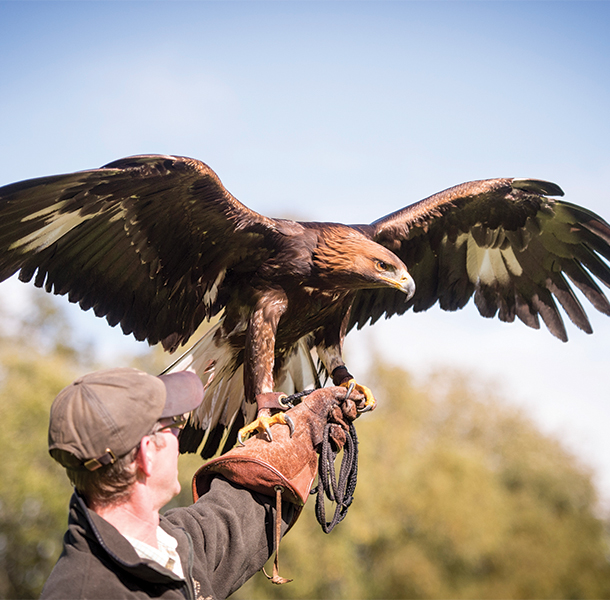
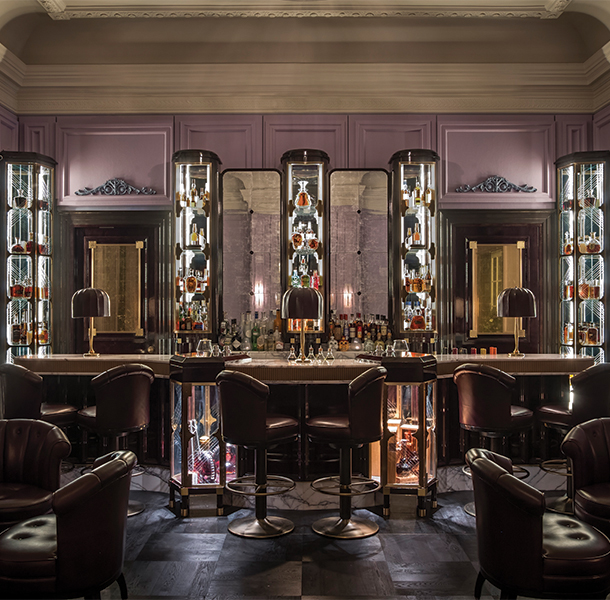
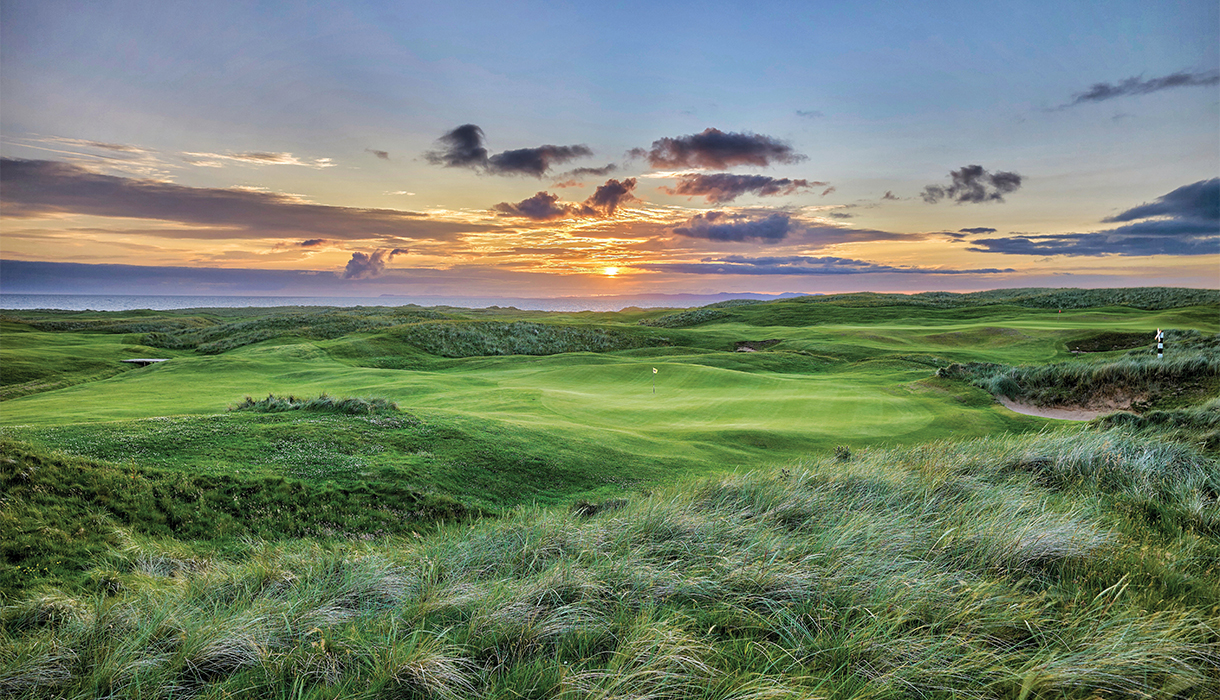
This purist’s golfing resort is set on 259 acres in Machrihanish, a Scottish village 5 miles west of Campbeltown. It was on this land in 1879 that Old Tom Morris designed the Machrihanish Golf Club; and it was here, slightly more than a decade ago, that David McLay Kidd routed the 18 holes of Machrihanish Dunes across a Site of Special Scientific interest.
The terrain’s protected status required Kidd to design and build the 7,175-yard course in much the same way that Morris had more than a century before, without the use of heavy equipment and through a process where naturally existing green locations were discovered and then subsequently dictated how the course would be routed.
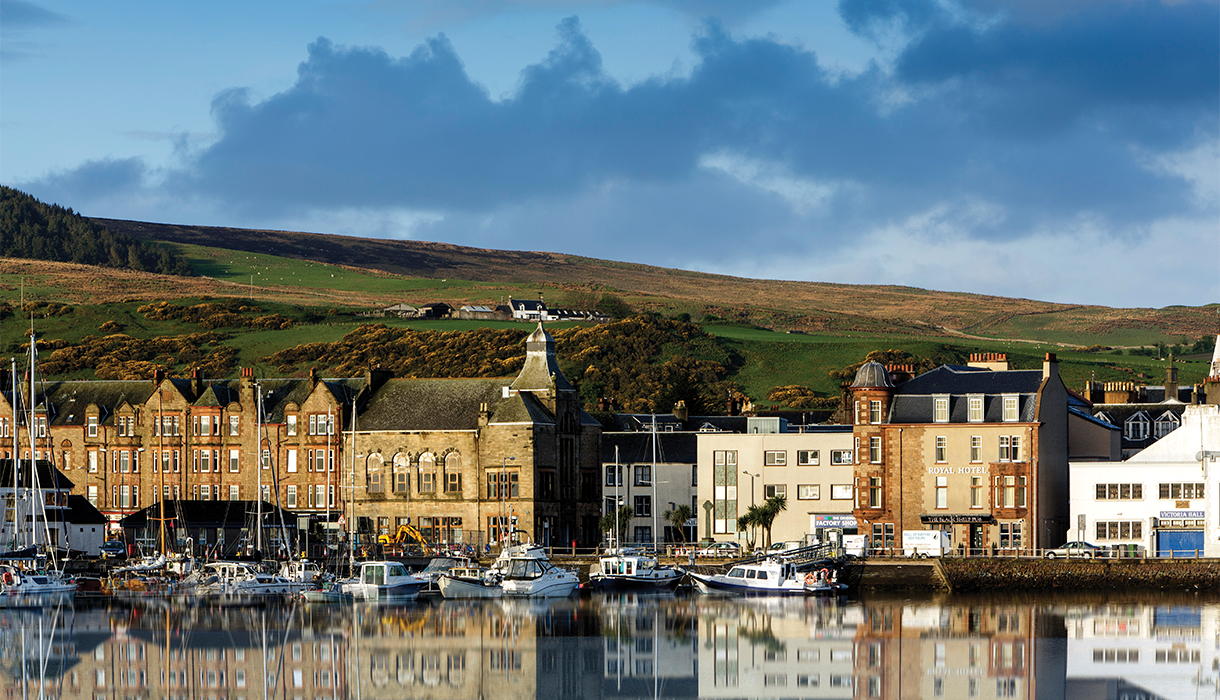
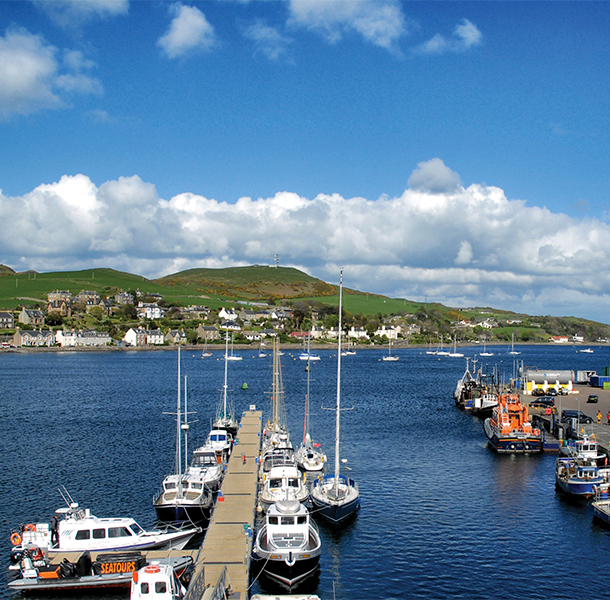
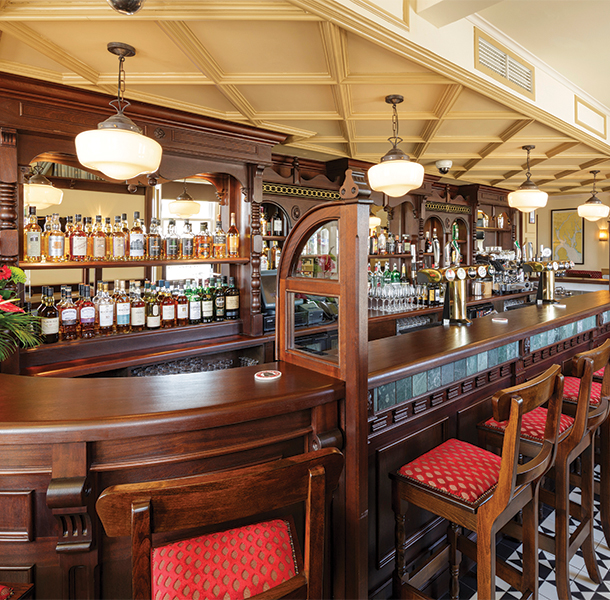
As part of a $30 million development project to create the resort, both hotels have been restored to their former glories. Adorned with antique brass and walnut wood accents, the guest rooms and suites include eight two-bedroom Ugadale Cottages built along the Atlantic coastline. machrihanishdunes.com
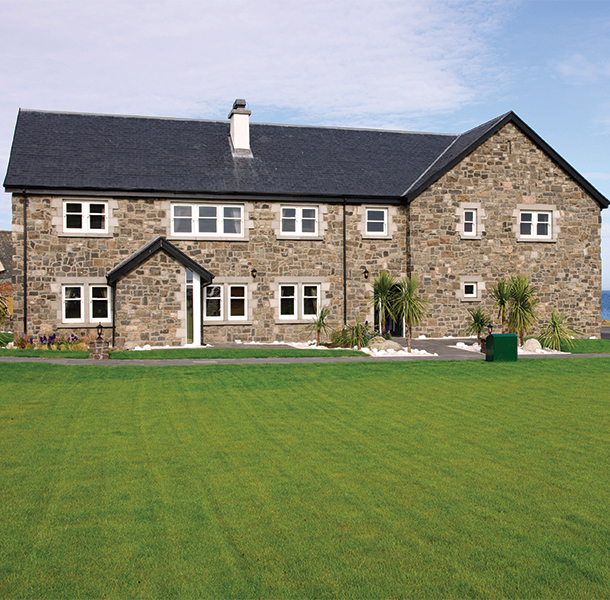
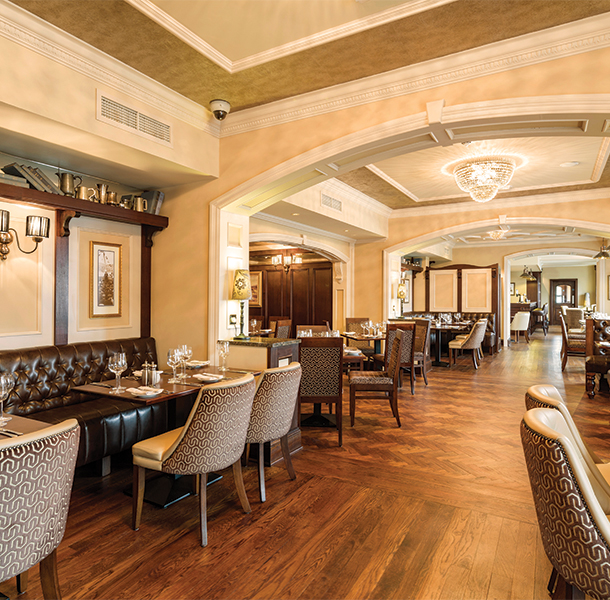
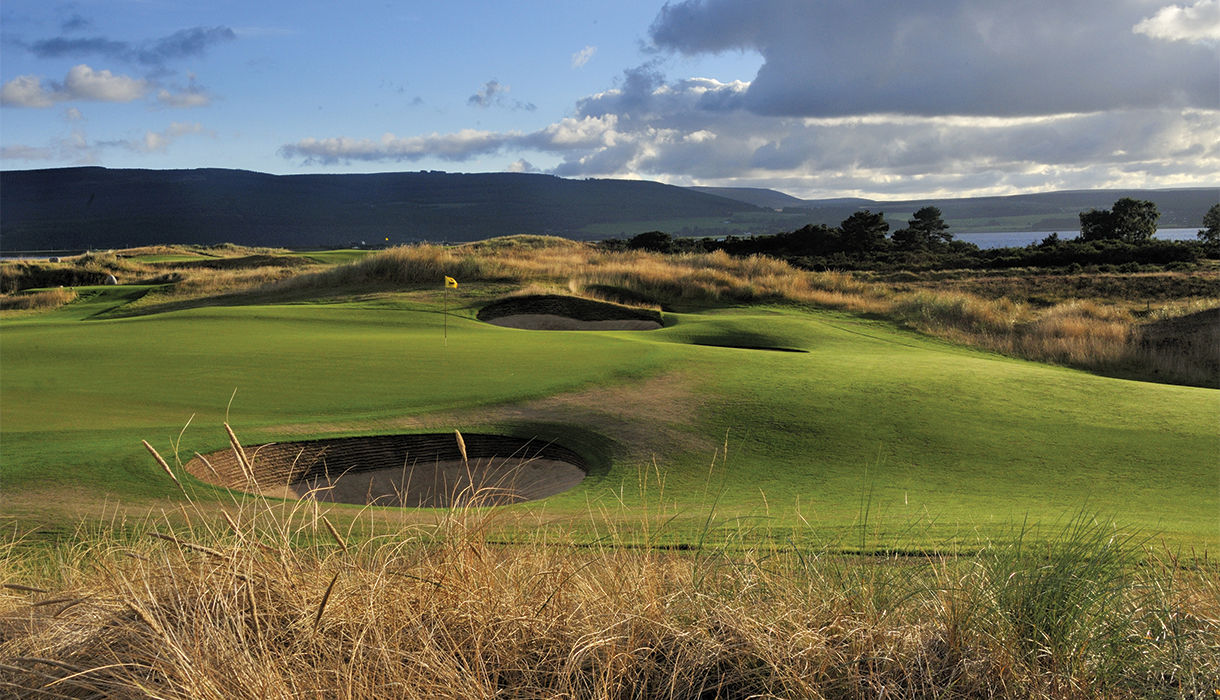
Membership at The Carnegie Club delivers a unique opportunity: to experience the Scottish Highlands as one of the world’s wealthiest industrialists did during the Victorian era. The nucleus of the club is Skibo Castle, a stately manor that began as a residence for the Bishops of Caithness in the early 13th century. The building tripled in size during the late 19th and early 20th centuries once Andrew Carnegie purchased the property and transformed it into his sprawling summer residence. Today, the castle is owned by Eve and Ellis Short, two Americans who were once members of the club; and since their acquisition in 2003, the Shorts have followed in Carnegie’s footsteps, investing significant capital into the preservation and expansion of the club and its grounds.
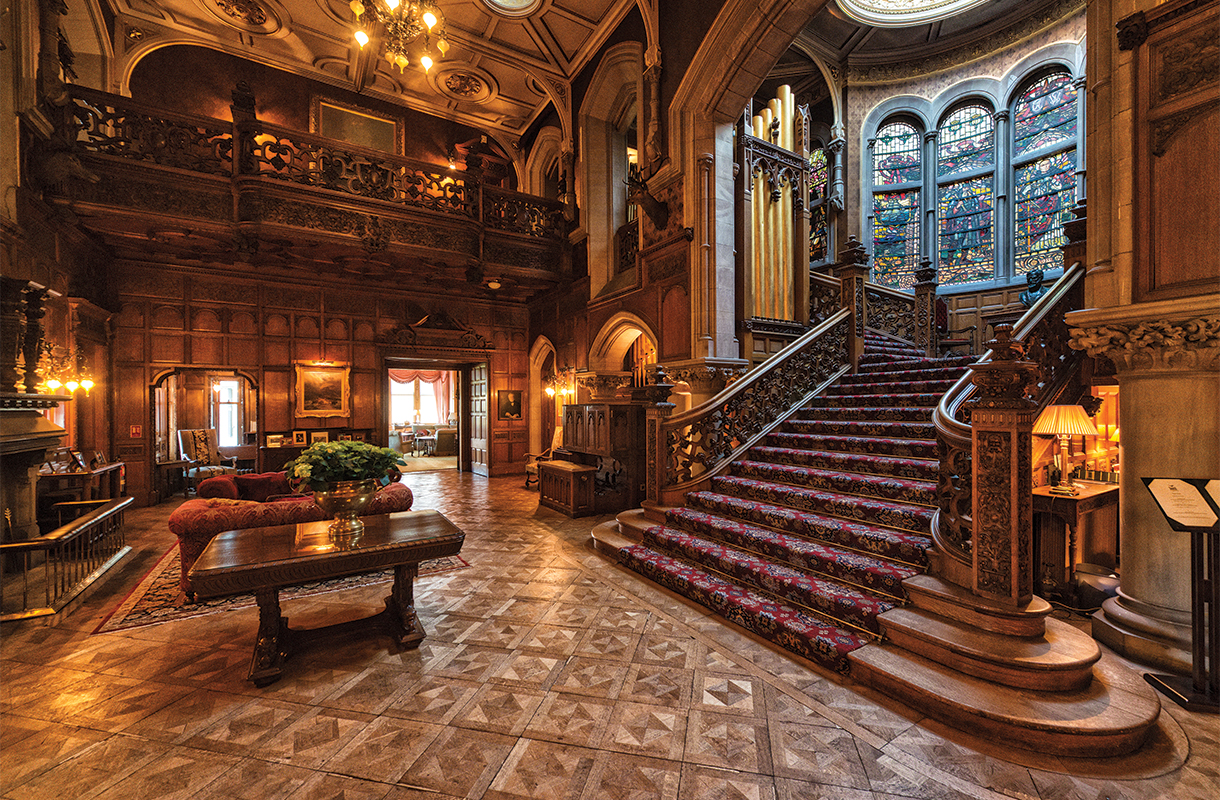
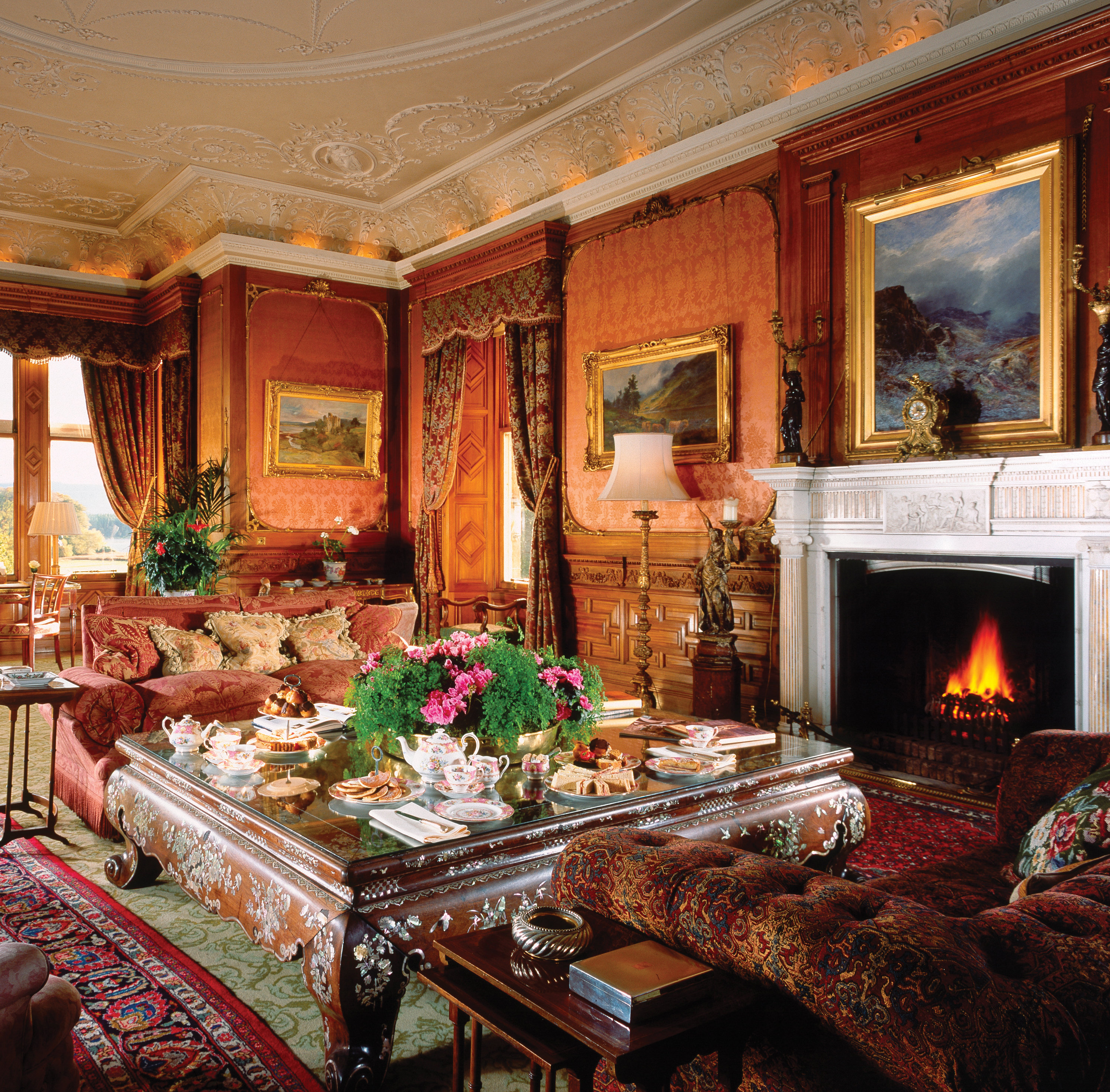
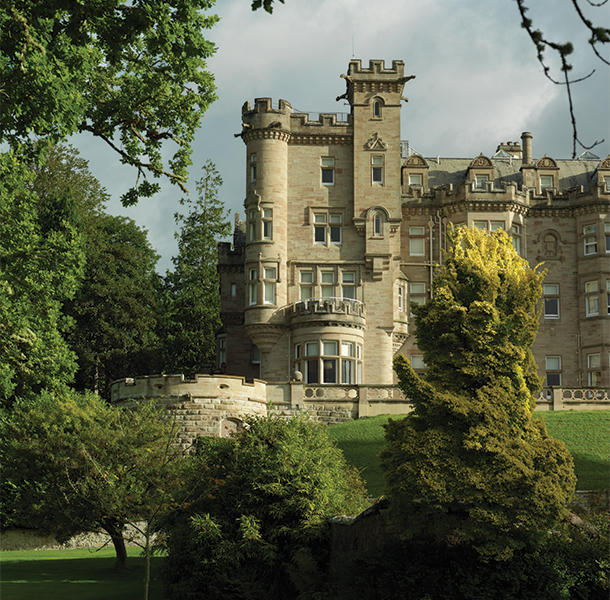
Comprising 21 guest rooms, each distinctly decorated—some feature four-poster beds and others Edwardian fixtures and fittings—Skibo Castle is a sanctuary for the leisure lifestyle as it existed more than a century ago. At breakfast, resident musicians play a turn-of-the-20th-century organ in the great hall, while in the evenings, members gather around the castle’s original Bechstein piano in the drawing room for cabaret-style singalongs. Members who wish to eat dinner in Carnegie’s dining room will join each other at the same long oak table that once hosted lavish dinners for the Carnegie family and its guests. Elsewhere on the club’s grounds, 12 estate lodges—each one unique in size and appearance—accommodate larger groups and families with children younger than 16. More contemporary in their décor, the lodges each have generous outdoor areas for evening fires and private sun terraces, some with panoramic views of the Dornoch Firth.
Club members enjoy an array of activities such as swimming, playing tennis on a French clay court, shooting sporting clays, hunting wild game, fishing, horseback riding, and teeing it up on an 18-hole course built in 1995 by Donald Steel, which was more recently redesigned by Mackenzie & Ebert. Nonmember access is limited to those who are interested in joining the club and who meet the club’s membership requirements. Such exclusivity ensures that the club retains its privacy. That too is a perk of membership. carnegieclub.co.uk

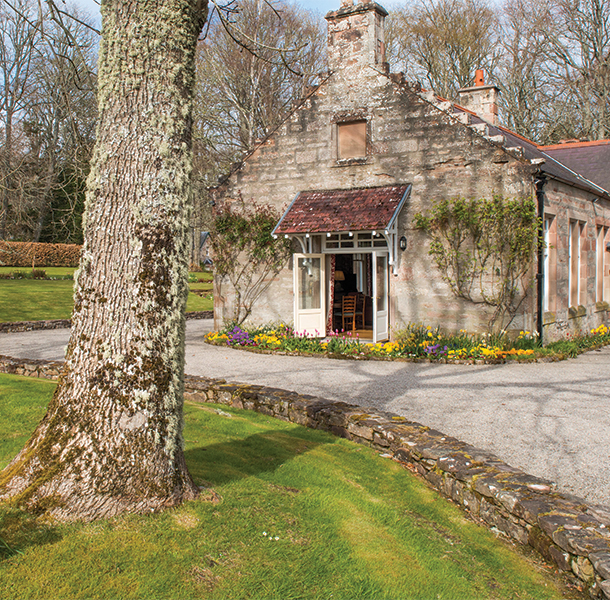
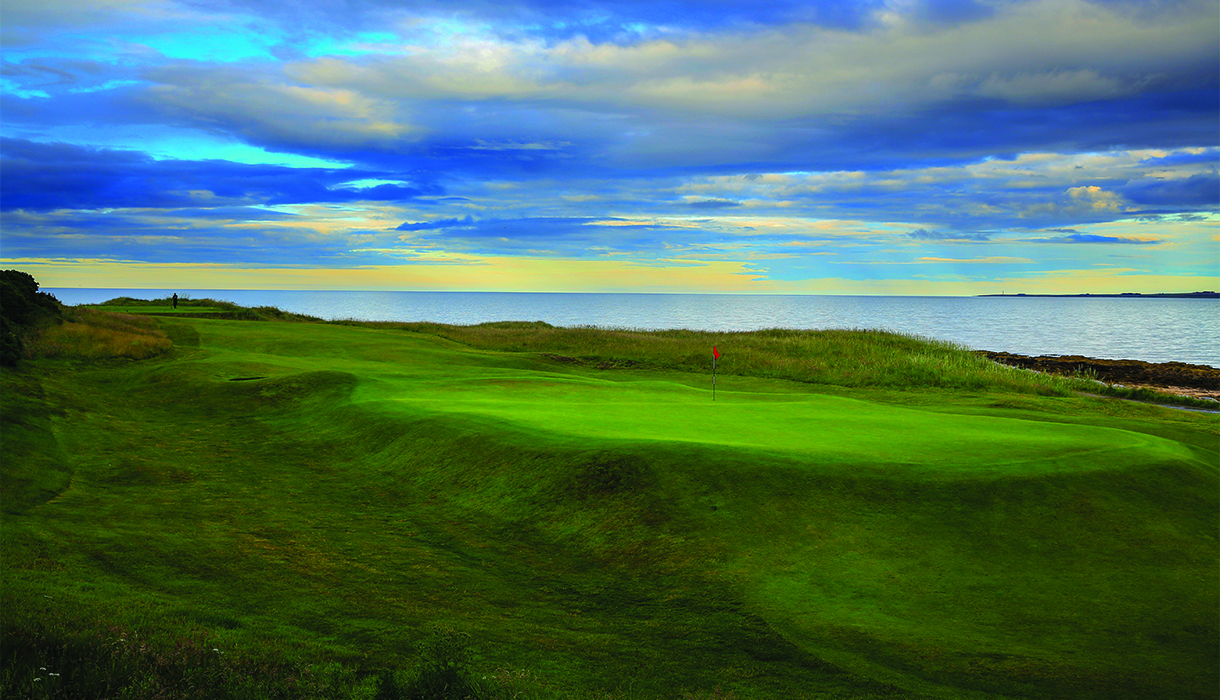
For all of St. Andrews’ history as the birthplace of golf in the 1400s, the city’s charm is tempered slightly by its predominant tourism industry, as many shops, pubs, and hotels feel decidedly American. About 115 miles northwest, the seaside town of Dornoch in the Scottish Highlands fosters a more authentic environment. Home to a namesake course with royal designations—one that annually ranks as one of the best in the world—Dornoch is also home to a top-shelf boutique hotel known simply as Links House.
